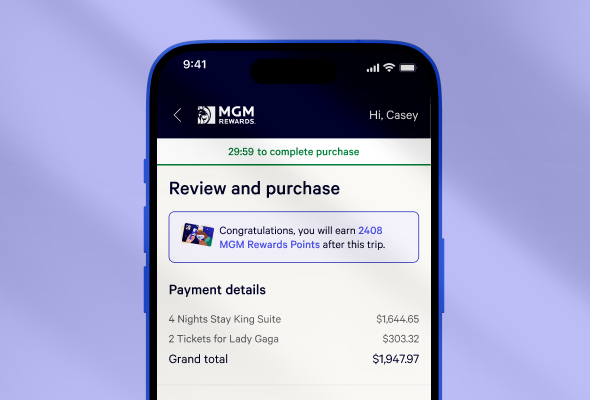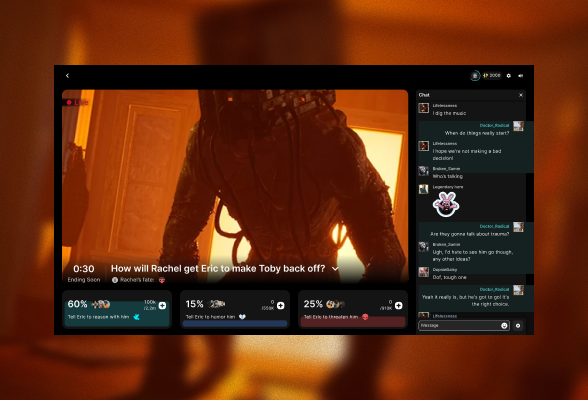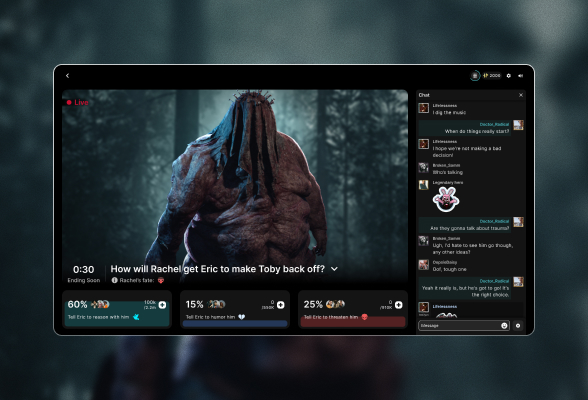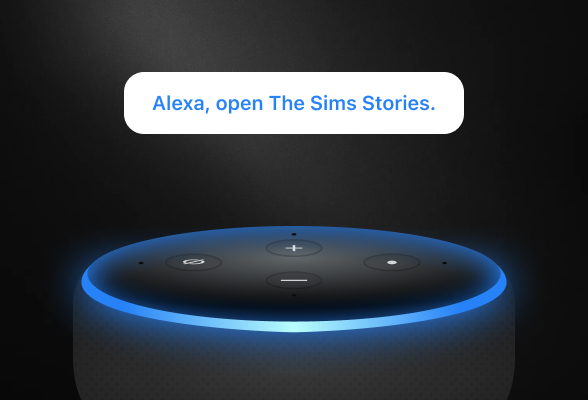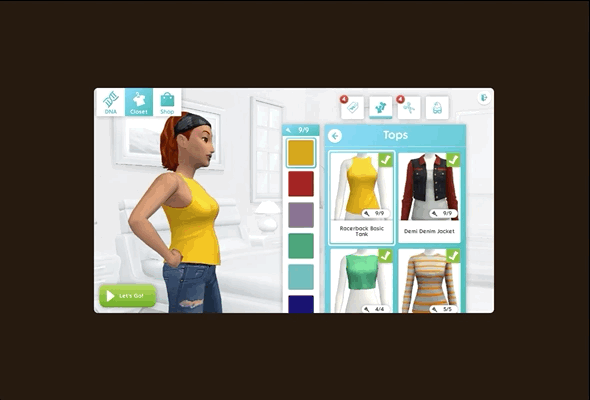I design emotionally resonant, rewarding and socially connected cross-platform experiences, driven by research, collaboration and iteration.
Selected Work
MGM Booking Checkout Redesign
From 0 to Emmy: Designing User-Driven Streaming
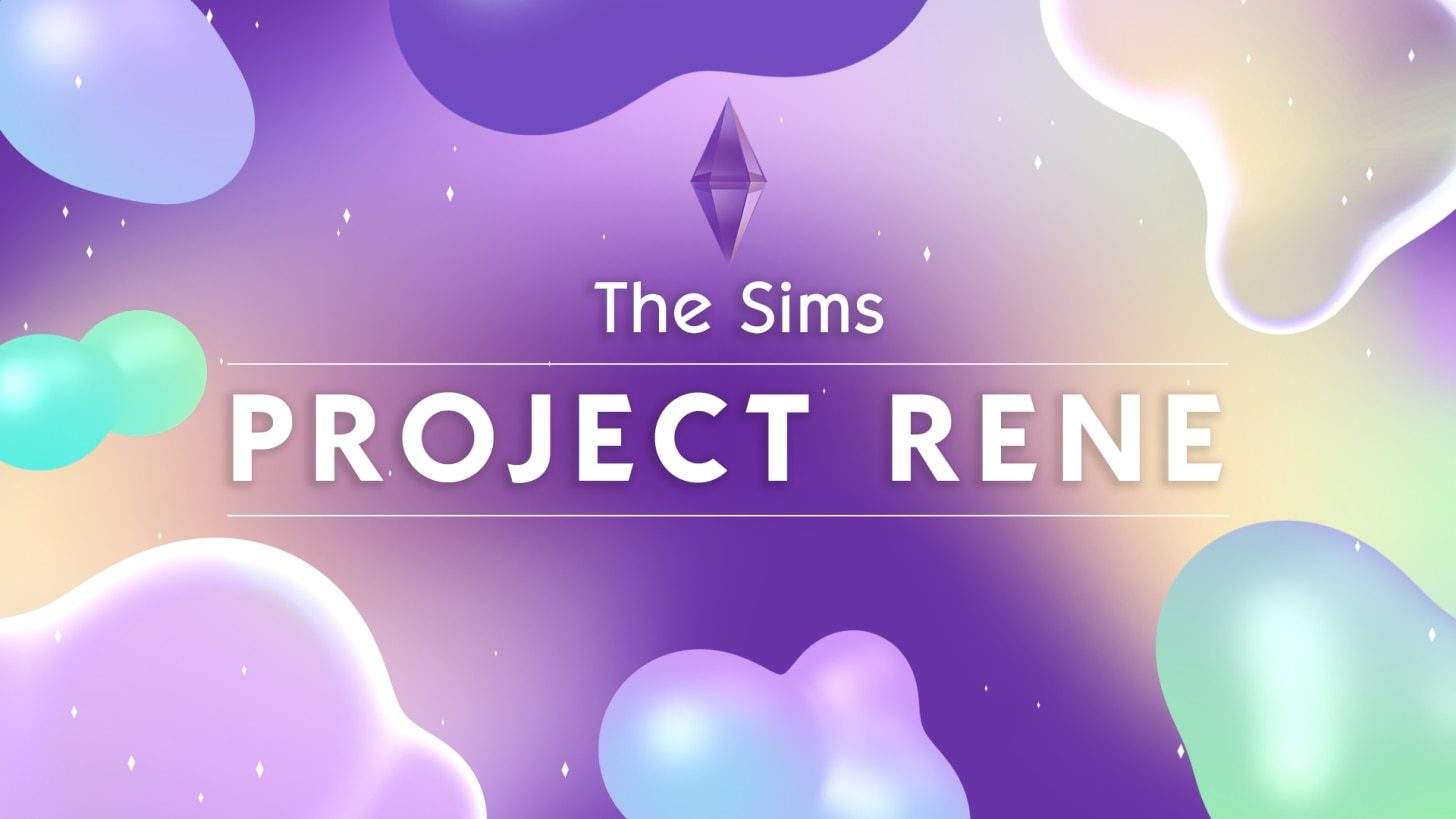
Co-Building in The Sims
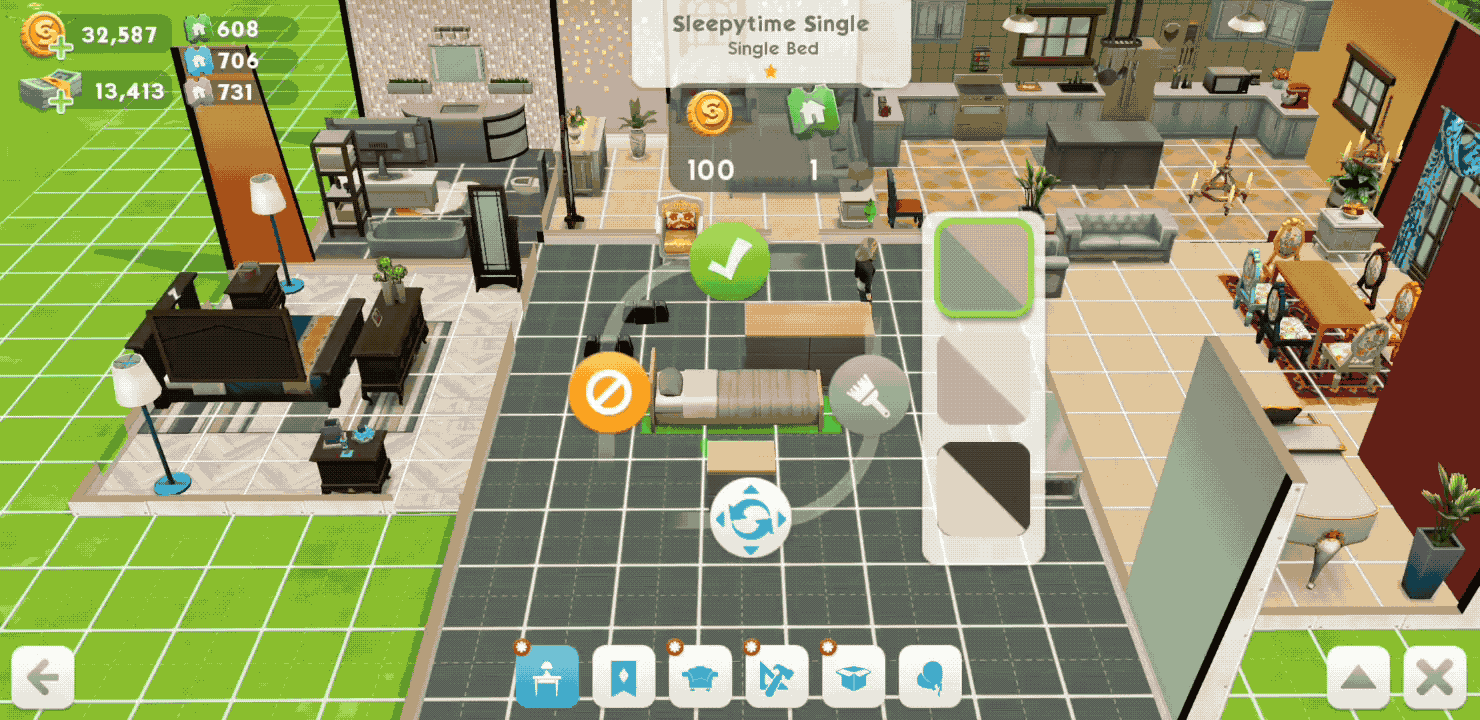
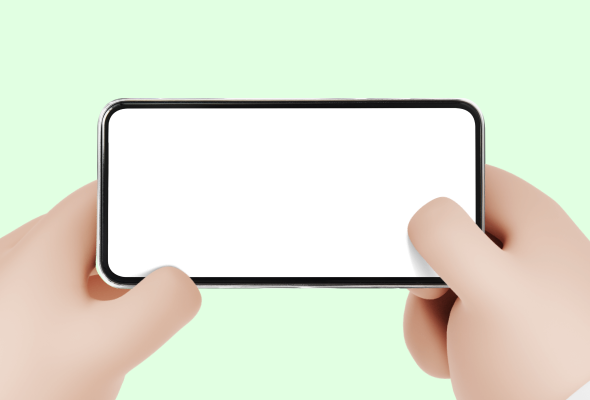
Driving Creativity & Retention in Sims Mobile
